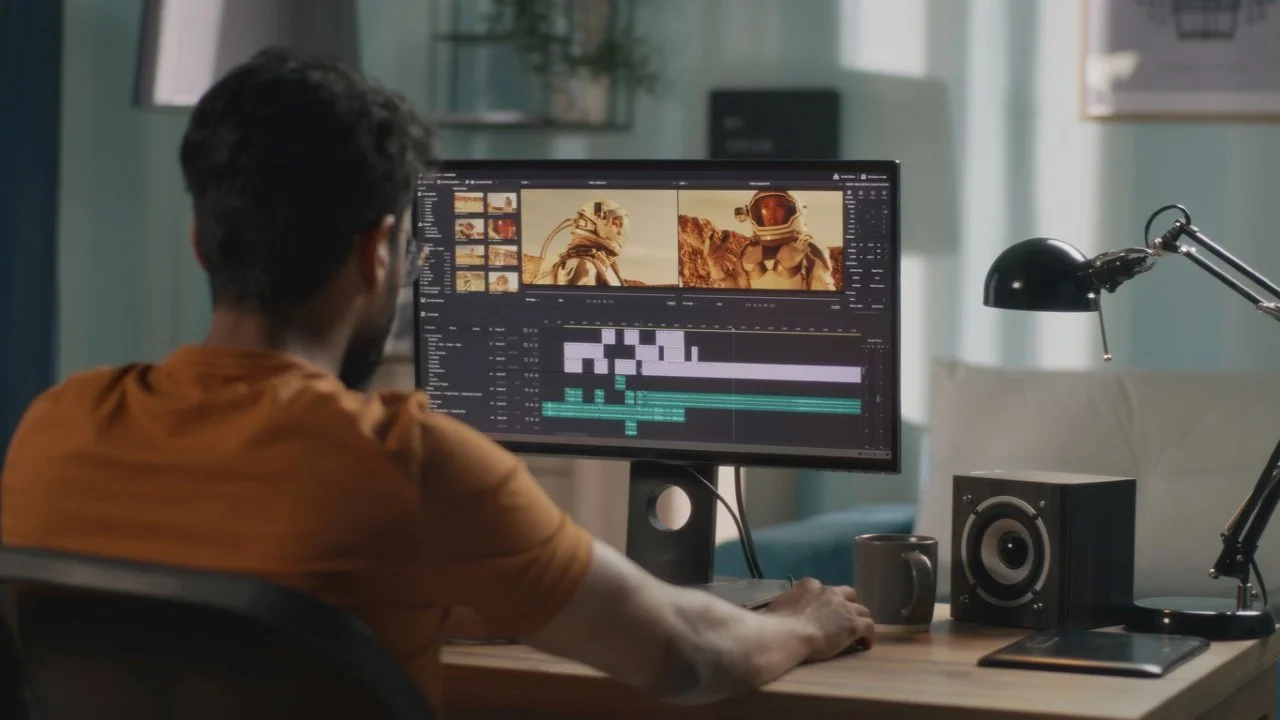What is the difference between redaction and editing?
In the nuanced world of document management and communication, the terms 'redaction' and 'editing' are often mentioned in the same breath, yet they signify markedly different processes. Each plays a crucial role in shaping the final form of a document, tailored to its intended purpose and audience. This exploration aims to demystify these terms, offering clarity on their distinct functions and guiding when to employ each technique for effective communication.
What is redaction?
Redaction, at its core, is the process of obscuring or removing sensitive information from a document, file, image or video. This method is paramount in protecting privacy and maintaining confidentiality, especially in documents slated for public release or within environments where information sensitivity is a concern.
Key features of redaction
The key features of redaction pivot on security and confidentiality, and involve the meticulous examination of documents to identify and either obscure or remove sensitive data that could compromise privacy or operational integrity. Unlike other forms of document modification, redaction leaves the remainder of the text intact, making it clear that a document has been altered to protect specific information.
In today's digital age, redaction extends beyond text to include multimedia elements, such as images and videos, where sensitive information can also reside. This expansion necessitates advanced tools and techniques, including video redaction software, to ensure comprehensive protection across all forms of media.
Seize the benefits of automated video redaction today.
Common scenarios for redaction
Redaction is commonly employed in a variety of scenarios, reflecting its critical role in information security. Legal documents, government records, and corporate communications frequently undergo redaction to remove personally identifiable information (PII), trade secrets, or any data whose disclosure could lead to legal ramifications or jeopardise personal or organisational security.
What is editing?
In contrast to redaction, editing is an expansive process aimed at refining and enhancing a document's content for clarity, coherence, and overall readability. Editing encompasses a broad spectrum of modifications, including grammatical corrections, structural adjustments, and stylistic improvements, to convey the intended message effectively and engagingly.
Key features of editing
Editing is characterised by its focus on improvement and polish. An editor's keen eye not only identifies errors in grammar, punctuation, and spelling but also evaluates the document's flow, tone, and structure, making necessary adjustments to align with the intended audience's expectations and preferences. This process ensures that the document communicates its message clearly and effectively, facilitating understanding and engagement.
Common scenarios for editing
Editing is ubiquitous across all forms of written communication, from academic papers and business reports to novels and web content. Its application is universal, transcending genres and formats to enhance the quality and impact of the text. In professional settings, editing is indispensable for ensuring that documents meet high standards of clarity, precision, and professionalism, reflecting well on the individuals or organisations behind them.
Key differences between redaction and editing
The distinction between redaction and editing becomes stark when we delve into their primary focuses and the outcomes they aim to achieve. Understanding these differences is essential for determining the most appropriate approach to document management based on the specific goals and requirements at hand.
Focus on concealment vs. improvement
The most fundamental difference lies in the intention behind each process. Redaction is primarily concerned with concealment for the sake of privacy and security. Its objective is not to enhance the document's readability or aesthetic appeal but to protect sensitive information from unintended audiences. This process is critical in environments where the legal and ethical implications of information disclosure are significant.
Conversely, editing aims to improve a document's quality, making it more effective in communicating its intended message. The focus here is on clarity, coherence, logical structure, and engagement with the audience. Editing enhances the reader's experience and understanding, ensuring that the document achieves its purpose, whether to inform, persuade, entertain, or instruct.
Document output and audience considerations
Another key difference lies in the consideration of the document's final form and its audience. Redacted documents often signal to their readers that information has been deliberately obscured, which can affect the document's reception and the audience's trust. The redaction must be done judiciously to balance transparency with confidentiality, ensuring that the document remains useful and its omissions are not unduly distracting or suspicious.
Editing, on the other hand, is an invisible art when done well. A well-edited document appears seamless and effortlessly comprehensible, reflecting positively on its author or publisher. Editors must be adept at adapting the document's tone, style, and content to suit its intended audience, enhancing engagement and effectiveness without drawing attention to the editing process itself.
The bottom line
Understanding the difference between redaction and editing is crucial for professionals tasked with preparing documents for diverse purposes and audiences. Redaction safeguards sensitive information, ensuring compliance with legal standards and protecting individual and organisational privacy. Editing, by contrast, polishes and refines a document, ensuring it communicates its intended message as effectively as possible.
For those dealing with sensitive or confidential video content, employing video redaction software becomes indispensable. Such tools streamline the redaction process, ensuring that sensitive visual information is protected with the same rigour as textual data.
In conclusion, whether you're looking to protect sensitive information through redaction or enhance your document's clarity and impact through editing, recognising when and how to use each process is key to effective document management and communication. Engaging with professional redaction and editing services can provide the expertise needed to navigate these complex processes, ensuring your documents meet the highest standards of security, professionalism, and effectiveness.



